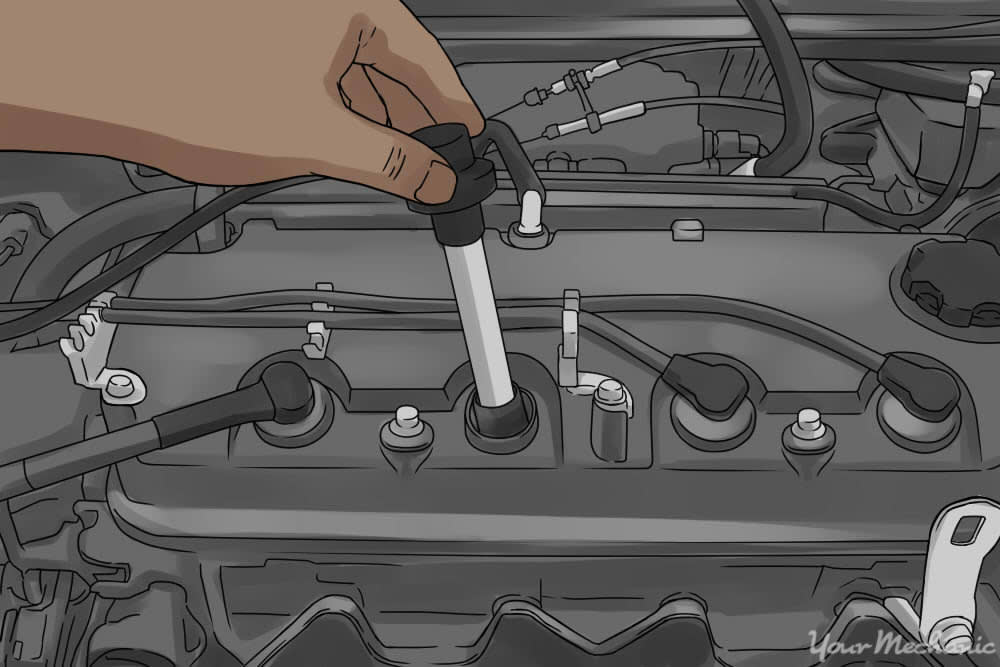Spark plugs are an integral part of your car's combustion system. They provide the much-needed spark that ignites the fuel and air mixture in your car's engine, which initiates the combustion process. This process ultimately powers your car's movement. Hence, keeping your spark plugs in good working condition is crucial to ensure your car performs optimally. Here, we will be discussing how to tell if you need to replace your spark plugs, when, why, and how to replace them, and when you should change them.
How to Tell if You Need to Replace Your Spark Plugs
There are several signs that can indicate that your car's spark plugs are due for replacement. Ignoring these signs can result in decreased engine performance, higher fuel consumption, and engine misfires. Here are some signs that can indicate that you need to replace your car's spark plugs:
- Your car is difficult to start.
- Your car's engine is misfiring or stalling regularly.
- Your car's fuel consumption increases, resulting in poor fuel economy.
- Your car experiences a drop in acceleration, making it sluggish while driving.
- There is a noticeable decrease in power when accelerating from a stop.
- Your car's engine emits a rough or inconsistent sound while driving or idling.
When, Why, and How to Replace Your Spark Plugs
Replacing your spark plugs is a relatively simple task and can be done at home with a few basic tools. However, it is essential to keep in mind that not all spark plugs are created equal. The type and quality of your new spark plugs will significantly impact your car's performance and fuel economy. In general, it is recommended that you replace your spark plugs every 30,000-50,000 miles, depending on your car's make and model. However, it would be best to consult your car's owner manual for specific recommendations.

The following steps will guide you on how to replace your spark plugs:
- Cool down your car's engine before starting the replacement process.
- Find the spark plugs on your car's engine. These are typically located at the top or side of the engine block.
- If your car has a distributor, remove the distributor cap, and you will see the spark plug wires attached. If your car's engine has a direct ignition system, locate the ignition coil-on-plug boots.
- Using a spark plug socket wrench, carefully remove the old spark plugs. Only work on one spark plug at a time to avoid confusion and possible mix-up of ignition wires.
- Check the spark plug gap for the new plugs and adjust it if necessary using a spark plug gap tool.
- Install the new spark plugs and tighten them with the wrench as per the manufacturer's instructions.
- Reattach the spark plug wires or ignition coil boots and distributor cap if removed earlier.
- Start your car's engine and check for any unusual noises or engine misfires.
When Should You Change Your Spark Plugs?
Although spark plugs have a relatively long lifespan, several factors can shorten their age. Below are some of the main reasons why you may need to replace your spark plugs more frequently:
- You frequently drive in extreme conditions, such as heavy traffic, high temperatures, or dusty environments. These conditions can cause your spark plugs to wear out faster.
- Your car's engine has an oil leak. Oil can interfere with the spark plug's performance, causing premature wear and tear.
- You use a low-quality fuel or have a low oil level, which can cause your spark plugs to fail more quickly.
- Your car's engine is older and has higher mileage, causing increased wear and tear on the spark plugs.

Regularly checking and replacing your spark plugs can save you from expensive engine repairs and keep your car's engine running smoothly for years to come. We hope this article has been helpful in understanding when and how to replace your car's spark plugs.
In Conclusion
Spark plugs are an essential, yet often overlooked part of your car's engine. Knowing how to spot signs that indicate their replacement, when and how to replace them, and when to change them can save you from costly engine repairs. Replacement of your spark plugs is relatively simple, but ensure that you use high-quality spark plugs to ensure optimal car performance. Always check your car's owner manual for specific recommendations on when to replace your spark plugs.
